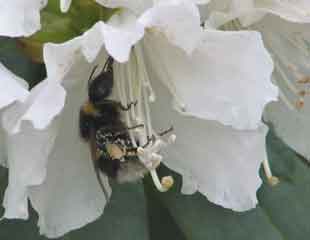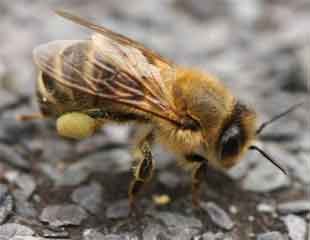How to grow tomatoes from seed
Posted on
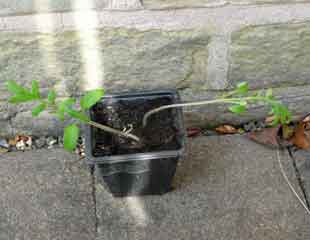 |
Tomatoes are easy to grow from seed and March is a good time to start germinating plants. All you need are some clean pots and suitable compost, and select some favourite varieties. Always start the tomato seeds growing in a small pot and fill with compost. An important tip is to shake and gently press down on the compost to make sure the pot is nicely full without any air pockets. If there are gaps in the compost the young root will grow into a space and this could cause it to die off because there is no food or water in a gap. Place a couple of seeds per pot, sprinkle with compost and spray to moist gently but too wet. Tomatoes seeds need warmth to germinate, best to place in a conservatory or window sill. If I am germinating early in the season and it is still cold even in a conservatory I often use a heated propagator mat just to set off germination. Seedlings need to be covered in a propagator or makeshift by using a poly bag secured tight with elastic band. As soon as the tomato seedling has emerged properly move off the heat and out of the propagator. If the seedling is left too long in a propagator it will look like the one in the first image, Leggy. This is because the atmosphere in the propagator is warm and humid which is ok to start germination, but not good growing conditions the seedling gets sappy and leggy. This can happen if you are just busy and don't check the propagator and the seedlings are in too long. Don't despair, separate the seedlings as in image two and then pot up the seedling into a pot on it's own and plant it deeper so less of the leggy shoot is above ground and it will be fine. When growing the seedlings on they can also become leggy if the light source is all from one side common on a window sill. It is very important to turn the plant regularly to keep it growing straight. Tomatoes are very vigorous and seed easily. Pot them on several times into large pots before planting into last container for the summer. Do not be tempted to put into a large pot quickly as the plant will not thrive it is important just to move up in pot size as the plant grows. There are lots of tips on growing tomatoes from seeds on the tomato page including a video on how to pot on Tomatoes and removing side shoots from tomatoes This image shows how easy tomato seeds are to germinate. I spotted this tomato plant growing out of a city centre pavement, in a crevice where there was a little soil. Looks as if someone had abandoned part of a sandwich with tomato seeds in it and come the summer the seed germinated and was growing quite well, although without the necessary attention fruiting would be sparse but it just goes to show how vigorous tomatoes are and easy to germinate.
|
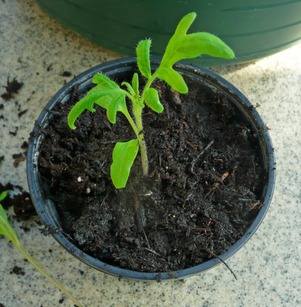 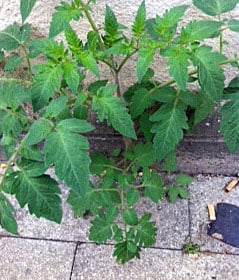 |
|

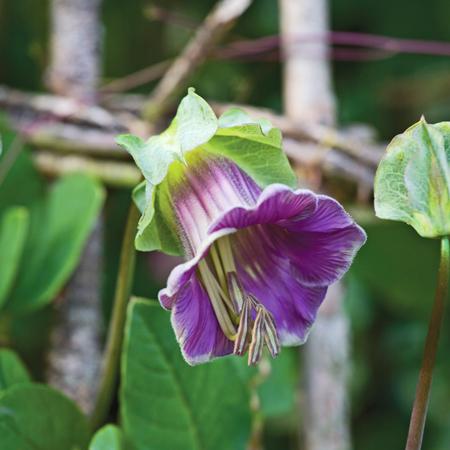
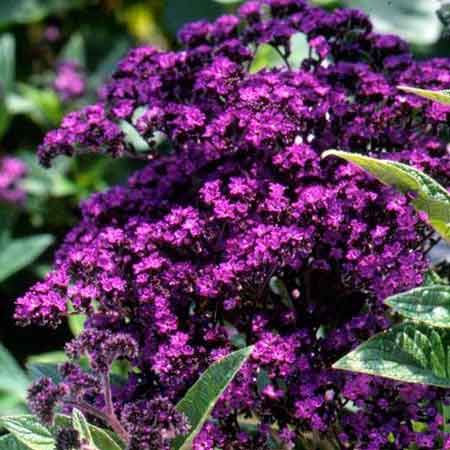
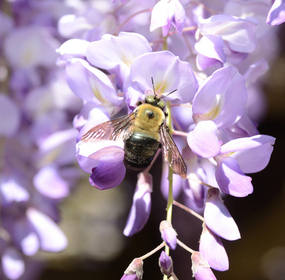 The way to make Wisteria flower is by pruning it twice per year. The winter prune around now in Feb/early March and prune again in late summer. The summer prune takes off the leafy and long growth to divert the plant's energies from growth to flower buds. In the winter prune, the summer shoots are cut back further to a few flower buds.
The way to make Wisteria flower is by pruning it twice per year. The winter prune around now in Feb/early March and prune again in late summer. The summer prune takes off the leafy and long growth to divert the plant's energies from growth to flower buds. In the winter prune, the summer shoots are cut back further to a few flower buds.